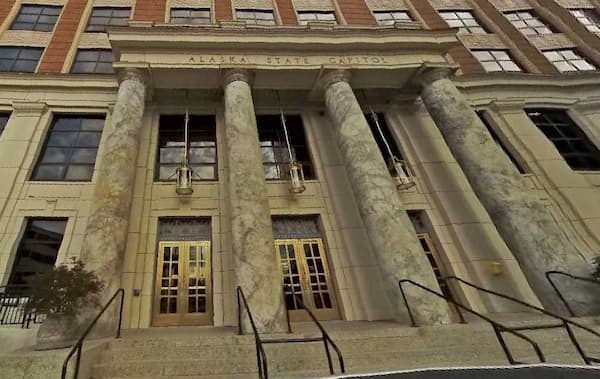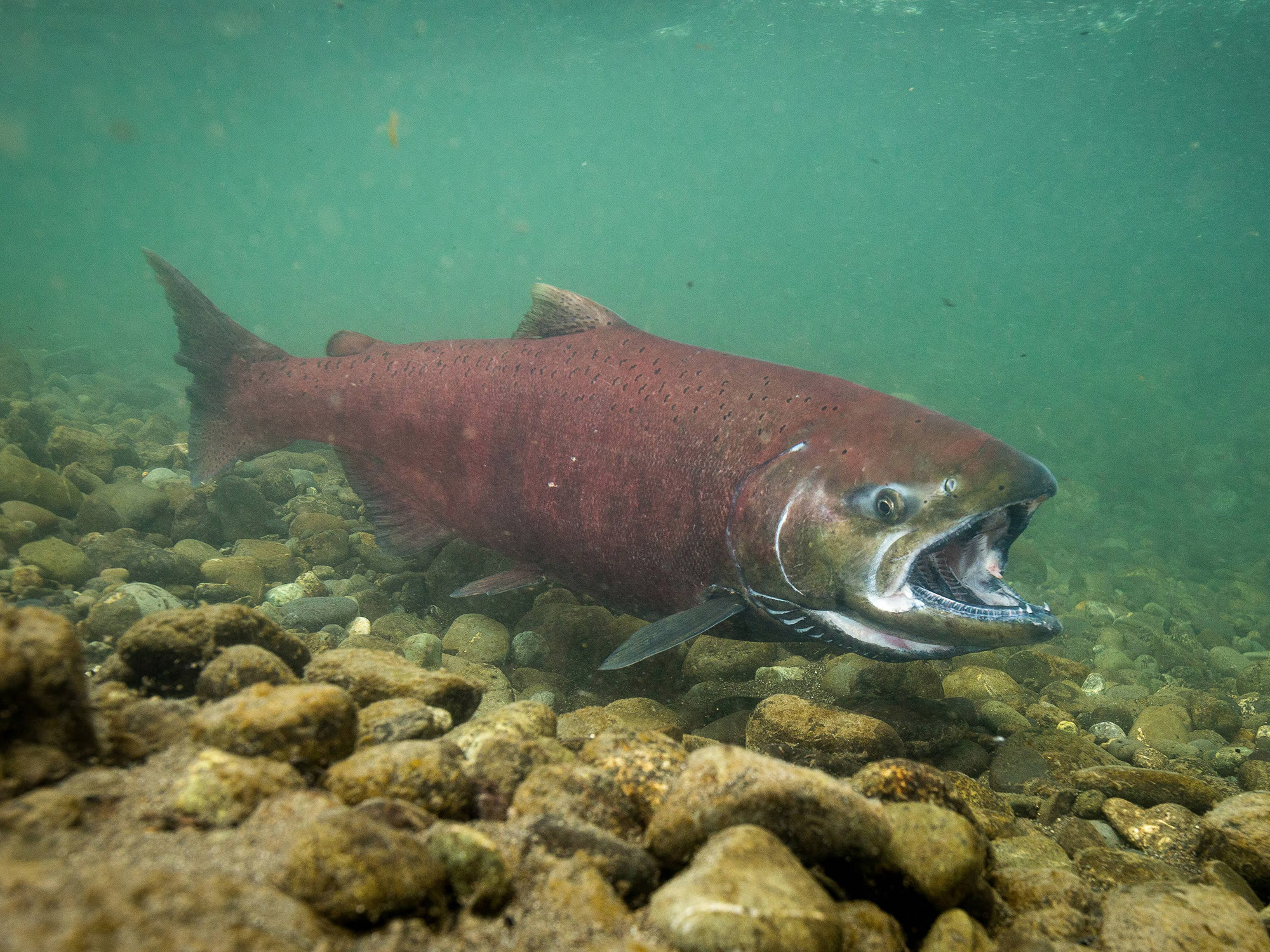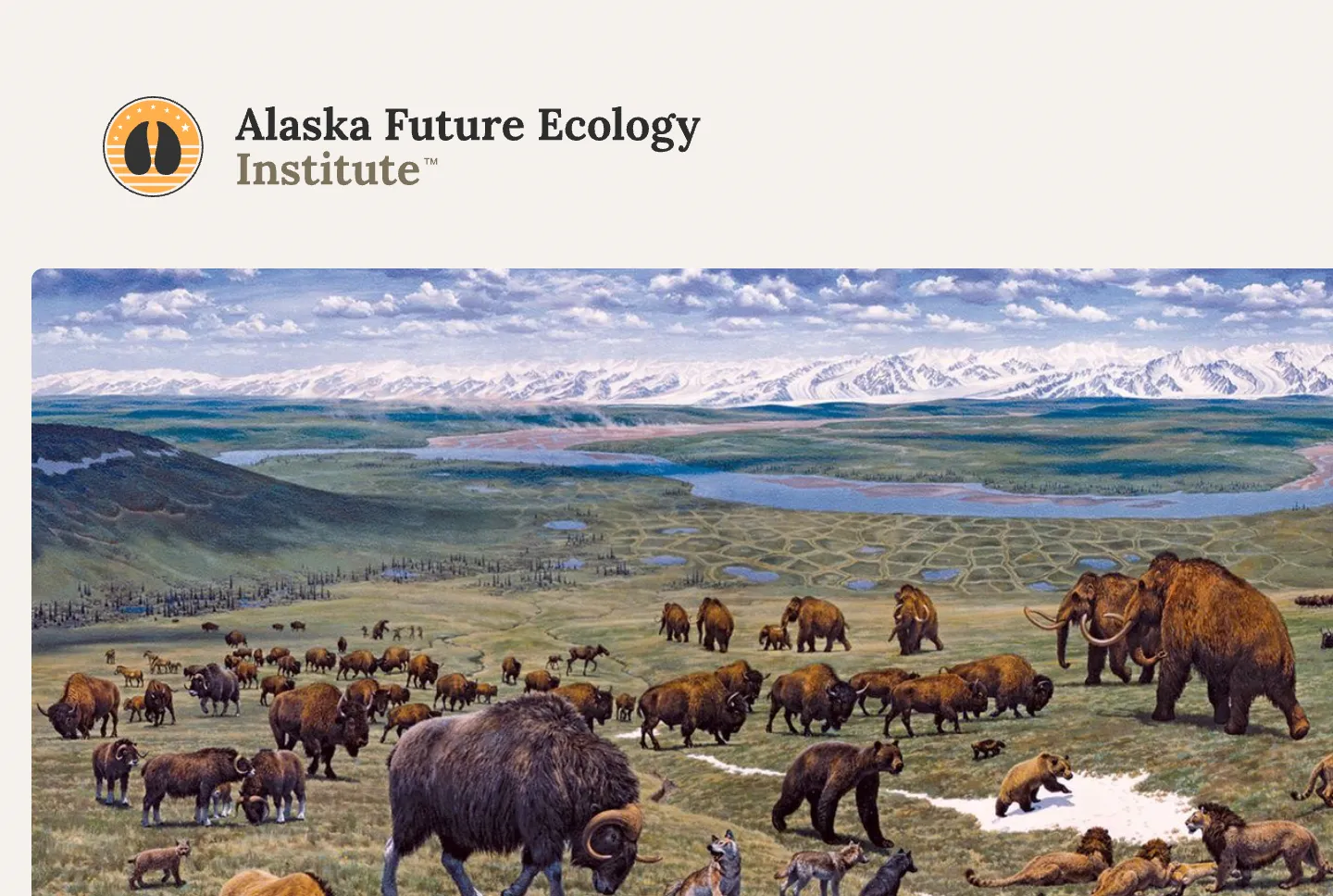Southcentral Foundation on Tuesday launched a $100 million construction project to expand behavioral health care services in Alaska.
The Alaska Native-owned health care provider is building a 100,000-square-foot, three-story facility at the northwest corner of Tudor and Elmore roads to expand crisis care in the state to better support people experiencing behavioral health and substance disorder-related emergencies, representatives with the organization said.
Alaska has long experienced a shortage of mental health treatment options. Crisis care outside of costly emergency departments that can act as a kind of intervention before requiring higher-level care is a particular need, representatives of health care organizations say.
Southcentral Foundation employs 2,700 people and operates the Alaska Native Medical Center along with the Alaska Native Tribal Health Consortium.
The new center is set to be completed in early 2026, said April Kyle, chief executive of Southcentral Foundation, during a ceremonial groundbreaking at the site on Tuesday.
The building will be located on the lot that’s now home to the 22-bed Southcentral Foundation Detox facility at 4330 Elmore Road, which will continue to operate during construction. The existing building will eventually be torn down to house the center’s parking lot. The project will also replace the Rainmaker car wash, purchased by Southcentral Foundation, that previously operated at the site.
The services at the center, once built, will include an expansion of the number of detox beds to 30. The center will also offer 23-hour adult crisis stabilization with 16 spots for walk-in care, and short-term adult residential crisis care with 16 beds, Southcentral said in a prepared statement Tuesday.
The services will also include expanded withdrawal management and outpatient behavioral health services.
“It’s essential that when a community member is experiencing a ‘right-now’ behavioral health crisis, that we have the right service for them,” Kyle told around 150 people gathered for the ceremony. “I think we know that we don’t have that today. Far too often when somebody is in a crisis, they end up in our emergency services department, or worse, in jail.”
That currently forces first responders and emergency room clinicians to care for people even though they might not have the right resources for the task, she said.
The new center will provide adequate placement options for people in distress, she said.
The center will be a “big deal” that will help take pressure off emergency rooms, said Jared Kosin, chief executive of the Alaska Hospital and Healthcare Association. It will address some of the high rates in Alaska of addiction, such as for opioids and alcohol, he said.
“For so many years, for people experiencing behavioral health crises there’s really been nowhere to turn, and so they have to go to the emergency room,” Kosin said. “And that has created just a really crowded pressure point in the health care system. To be able to provide an access point that is specifically tailored for the types of crises that people are experiencing so often is exactly what we need in our health care system.”
The project is moving ahead as another crisis stabilization facility is also in the works at Providence Alaska. It will offer walk-in care to Alaskans experiencing emergencies related to behavioral health and substance disorders, as well as 23-hour crisis stabilization for adults, and short-term crisis stabilization care for adults, if needed. Construction began for that crisis stabilization center last year. That center is set to be open early next year, said Mikal Canfield, a Providence spokesperson.
The new Southcentral Foundation program will be open to all Alaska residents who would like to have support in completing medical detox, the organization said in the prepared statement.
The crisis stabilization center will provide timely access to crisis intervention and stabilization, the statement said. A multidisciplinary team will help meet an individual’s needs. A plan will be developed for discharge to the appropriate inpatient or outpatient care facilities, the statement said.
Individuals who need more support can transition to the short-term residential program for additional observation and treatment, the statement said. The program will provide care for up to seven days. Services will include crisis intervention, continued assessment and stabilization, individual and group counseling by master’s-level therapists and peer support specialists, and case management to support discharge planning, the statement said.
Medication-assisted treatment will be available, the statement said. Participants can detox in a shared space under 24-hour medical supervision and will work with a multi-disciplinary team to determine the next steps in their recovery, the statement said.
The Southcentral project has been in planning for several years, Kyle said.
A long list of state and federal officials and others, representing organizations that have helped make the project possible, attended the ceremony Tuesday. Several of those supporters lined up to turn the first crumbs of dirt with gold-colored shovels, following a performance by Alaska Native dancers. Among the ceremonial ground-breakers was Roselyn Tso, director of the Indian Health Service.
Kyle said in an interview after the groundbreaking that the center is only part of the solution for addressing addictions that include alcohol and opioids.
“Detox is just one part of how we solve that,” she said. “So we’re adding detox beds with this facility. We need to continue to grow residential treatment programs and prevention programs.”
Katie Baldwin-Johnson, chief operating officer of the Alaska Mental Health Trust Authority, said the center will be “absolutely critical” to help properly address mental health crises people are facing.
The trust and partners such as leaders with Southcentral Foundation and Providence have been studying the gaps in mental health emergency treatment that can leave someone suffering in the community without the services they need, she said.
“Our trustees have been a big proponent and supporter of the reform within the state,” she said.
• • •








:quality(70)/cloudfront-us-east-1.images.arcpublishing.com/adn/A625J23QWJA6HDO7O6MAYXZDTY.JPG)
:quality(70)/cloudfront-us-east-1.images.arcpublishing.com/adn/X33FCUNXDBHIPEBKTHPA4X5SQM.JPG)
:quality(70)/cloudfront-us-east-1.images.arcpublishing.com/adn/2AZYAFAMH5A5BKSAXYDKNHD5U4.JPG)
:quality(70)/cloudfront-us-east-1.images.arcpublishing.com/adn/3JQNRPBUPRAR5F5IGYB4XRU7AM.JPG)






















